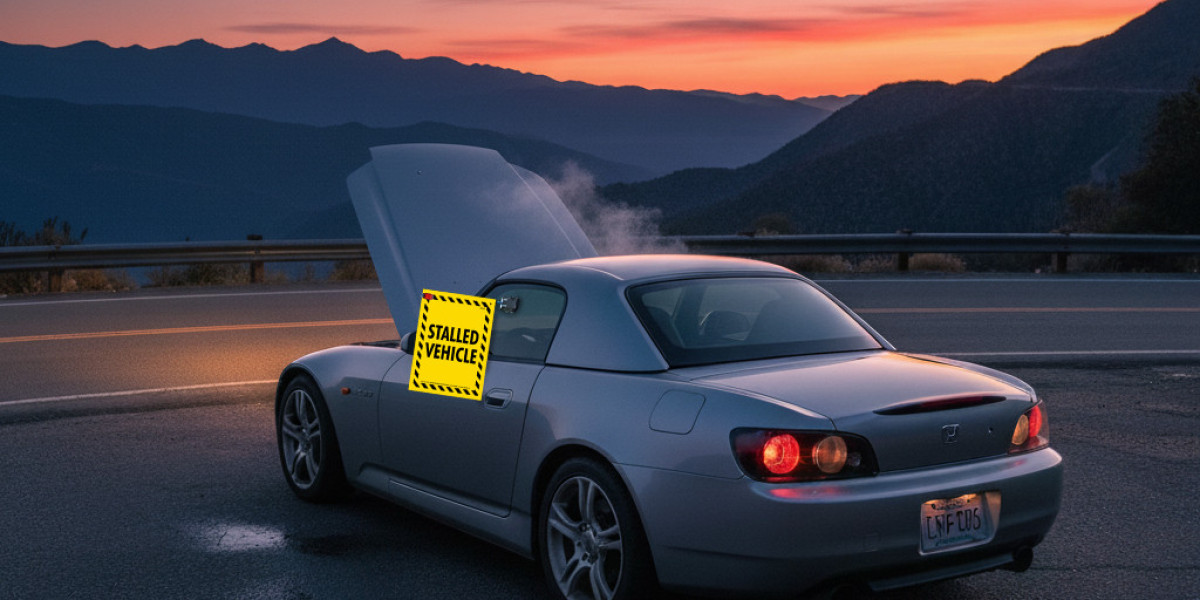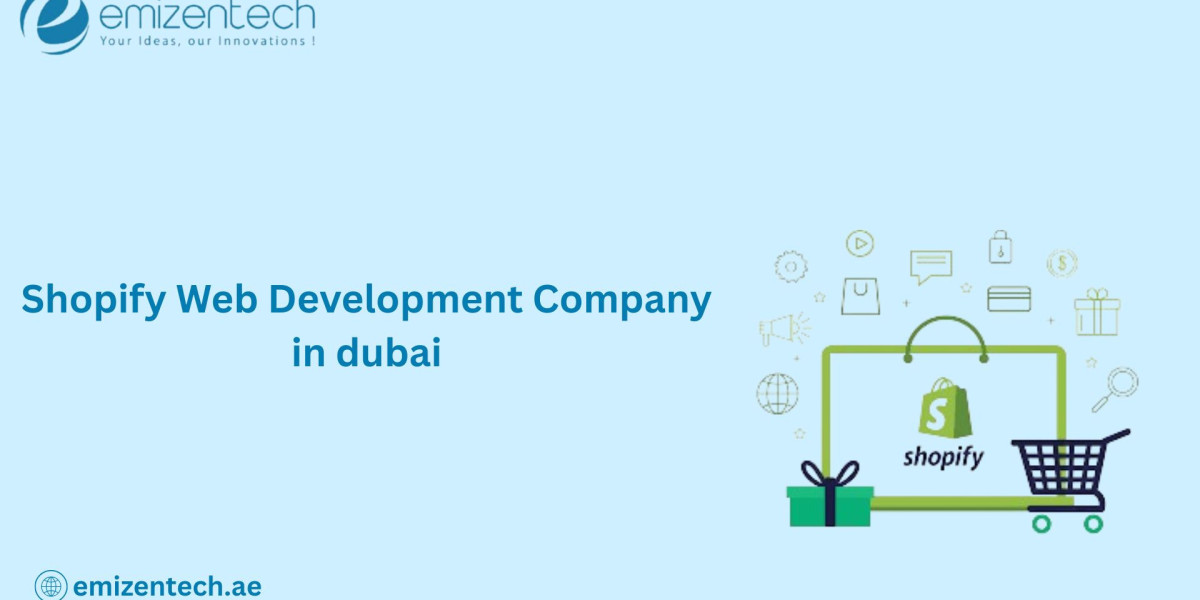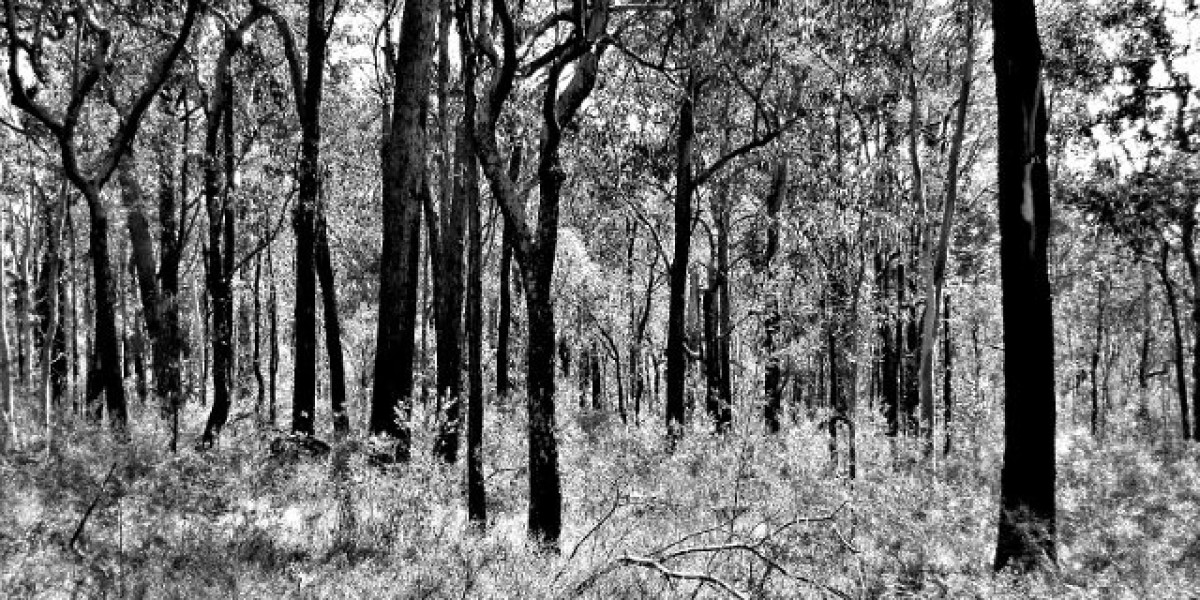Introduction
Music festivals and concerts are not just about the sounds that reverberate through the crowd. The atmosphere created by lighting effects plays an equally vital role in enhancing the experience. Among the various lighting techniques, strobe lights are often a central feature that elevates the energy of a performance. These rhythmic flashes of light add an exciting visual dimension that synchronizes with the beats, drawing the audience into a more immersive and electrifying experience.
Strobe light trends have evolved significantly in recent years, transforming from a basic lighting technique into a critical part of the overall spectacle at music events. Today, strobe lights aren't just limited to rave environments but have made their way into mainstream concerts, music festivals, and other live events. This article explores how strobe light trends influence music festivals and concerts and how these lighting techniques have become a core part of event design.
The Role of Strobe Lights in Music Events
Setting the Mood
One of the most influential aspects of strobe lights is their ability to set the mood of the performance. When integrated properly, they can sync up with music’s tempo, adding excitement, intensity, and energy to the atmosphere. The strobe lights' quick flashes are typically timed to match the beat, providing a sensory experience that amplifies the music's impact.
For instance, during a high-energy electronic music performance, strobe lights can transform the environment into a pulsating, almost hypnotic space. The synchronized lights seem to dance along with the rhythm, amplifying the excitement for the crowd. In contrast, more subtle strobe light effects can be used during slower songs, creating a dramatic, suspenseful ambiance that draws in the audience even more.
Audience Engagement
The visual effects from strobe lights don’t just enhance the overall mood; they actively engage the audience as well. When the flashing lights hit in synchronization with the beats, they can elevate the energy levels within the crowd. This results in a heightened emotional connection with the performance, pushing the crowd to move, dance, or even jump in unison with the light changes.
At major music festivals, you’ll often see strobe light displays at their peak when the crowd’s energy is high, such as during the breakdown of a song or right before a major drop in a set. This creates a sense of collective excitement that is amplified by the overwhelming visual stimulation from the strobe lights. As the lights flash faster, the crowd responds with more intensity, adding to the overall momentum of the event.
How Strobe Light Trends Have Evolved
Modern Techniques
Over the years, the use of strobe lights has evolved alongside technology. Help panel systems that control lighting effects have become more sophisticated, offering more precise synchronization with music. LED technology has drastically improved the strobe light’s quality, offering faster and brighter flashes with less energy consumption. This shift to LED has allowed strobe lights to be more versatile, lasting longer while still providing that sharp, intense effect that is needed to create a lasting impression.
One of the emerging trends in strobe light technology is the use of RGB (red, green, blue) LEDs, which allow for a wider range of color effects in conjunction with the strobe. This allows lighting designers to create more dynamic, vibrant, and multi-dimensional light displays. Rather than just using white or blue flashes, modern strobe systems can create layered colors that reflect the nuances of the music, making the strobe light experience even more immersive.
Strobe Light Techniques in Contemporary Music
In contemporary music festivals and concerts, strobe lights are no longer just added for effect but are intricately tied to the overall theme and mood of the performance. Many artists and designers now create custom lighting effects that correspond with specific moments in their music. This includes everything from sudden bursts of strobe flashes to softer pulses of light that gradually increase in intensity.
Strobe lights are particularly popular in genres like EDM, techno, and heavy metal, where high-energy moments are central to the music. These genres are known for their fast tempo and dramatic drops, both of which complement strobe light effects. However, strobe lights are also making their way into pop and rock concerts, where the lighting is used to accentuate dramatic moments in songs or enhance the visual storytelling of the performance.
Safety and Best Practices for Strobe Light Usage
Preventing Discomfort
While strobe lights are a thrilling visual feature, they do come with certain safety concerns. Some individuals, particularly those with epilepsy, may experience discomfort or even seizures when exposed to flashing lights. For this reason, it is essential that event organizers provide adequate warning about the use of strobe lights, ensuring that people who may be sensitive have the opportunity to take precautions.
Many festivals and concerts now provide a help panel or an information desk where attendees can get more details about the potential use of strobe lighting. Warning signs or announcements before the event also alert people about strobe light usage. It's essential for organizers to keep the safety of attendees in mind while delivering a captivating experience through lighting.
Finding the Right Balance
One of the biggest challenges when integrating strobe lights into a show is finding the right balance. Too much strobing can overwhelm the senses and detract from the performance. The key is to use strobe lights sparingly and strategically. By syncing them with the music's most impactful moments, lighting designers ensure that the strobe light effects serve to elevate, rather than overpower, the performance.
Conclusion
In conclusion, strobe lights have transformed from a simple lighting effect to a key component in music festival and concert design. These dynamic visual cues are now central to the audience experience, adding a layer of excitement that amplifies the music. Whether through synchronized flashes that match the beat or the evolution of LED technology, strobe lights are here to stay as an integral part of the live music experience. When used correctly, they can create unforgettable moments that resonate with attendees long after the event ends.
By staying aware of safety guidelines and utilizing new technological advancements, lighting designers can continue to innovate the use of strobe lights in music events. So, the next time you attend a concert or festival, take a moment to appreciate the power of strobe light and how they help shape the visual and emotional experience of the music.






